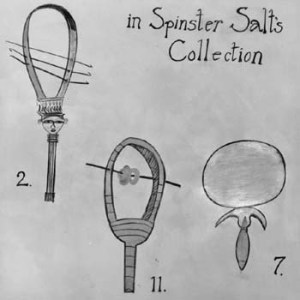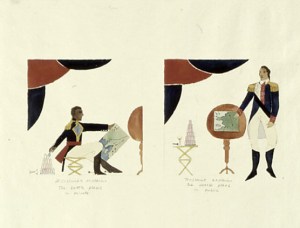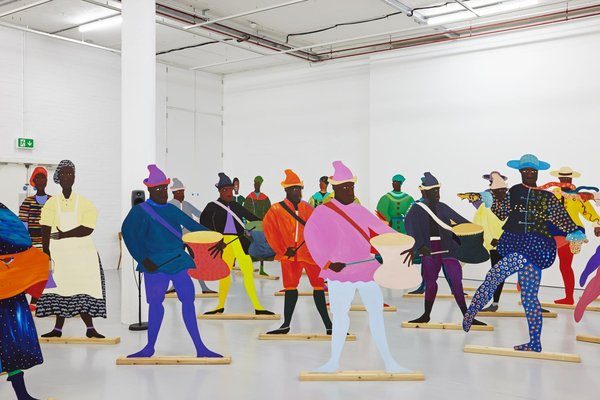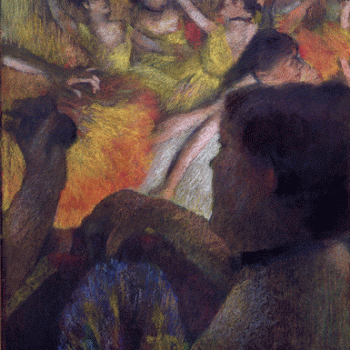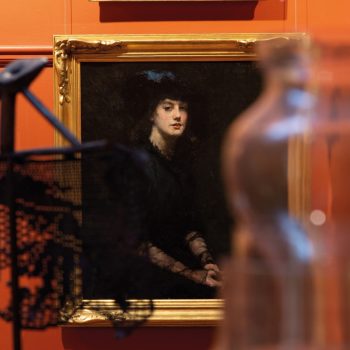TATE GALLERY LONDON:
http://www.tate.org.uk/art/artists/lubaina-himid-2356/turner-prize-2017-biography
“Lubaina Himid was born in 1954 in Zanzibar, Tanzania. She studied Theatre Design at Wimbledon College of Art and an M.A in Cultural History at the Royal College of Art. She is Professor of Contemporary Art at the University of Central Lancashire. Recent solo exhibitions include Navigation Charts, Spike Island, Bristol, UK and Invisible Strategies, Modern Art Oxford, Oxford, UK (both 2017). Recent group exhibitions include The Place is Here, Nottingham Contemporary, Nottingham, UK (2017); The 1980s Today’s Beginnings?, Van Abbe Museum, Eindhoven, Netherlands (2016); Keywords Tate Liverpool, UK (2014); and Burning Down the House, Gwangju Biennale, South Korea (2014). From 1986–1990 Himid was director of the Elbow Room and has curated exhibitions including Carte de Visite, Hollybush Gardens, London, UK (2015); The Thin Black Line, ICA, London, UK (1986); and Critical, Donald Rodney, Rochdale Art Gallery, Rochdale, UK (1989).
Himid makes paintings, prints, drawings and installations which celebrate Black creativity and the people of the African diaspora while challenging institutional invisibility. She references the slave industry and its legacies, and addresses the hidden and neglected cultural contribution made by real but forgotten people. In Naming the Money 2014, 100 cut-out life size figures depict Black servants and labourers who Himid individualises, giving each of them a name and story to work against the sense of the powerless mass. She often takes her paintings off the gallery wall so that her images become objects that surround the viewer. Whether working on Guardian newspapers or directly onto porcelain tableware, Himid continually subjects painting to the material of everyday life in order to explore Black identity.
Himid repeatedly questions the historical role of portraiture, as in works such as A Fashionable Marriage 1987, recently exhibited in The Place is Here at Nottingham Contemporary (2017). Inspired by William Hogarth’s Marriage a la Mode 4 (The Countess’s Morning Levee) 1743, this installation features a brightly coloured stage set with a cast of characters taken from Hogarth’s morality tale. Incorporating painting, drawing and collage on cut-outs, the installation relates its historical inspiration to our current climate by including contemporary newspaper headlines and images of Margaret Thatcher and Ronald Reagan. Himid’s satirical approach takes aim at the politics of the time as well as its legacy today. In works such as these, the artist appropriates and interrogates European painters and combines aspects of her African heritage to question the role of visual power.
Alongside her artistic practice Himid has curated exhibitions to showcase underrepresented Black artists. As an artist, advocate and curator she has facilitated and celebrated the role of Black artists and their contributions to contemporary society.
Lubaina Himid is 62 and lives and works in Preston.”
SMH: https://goo.gl/qfa3Gt
“Lubaina Himid, a 63-year-old artist whose creations include dinner plates painted with vomiting aristocrats, has become the oldest person ever and the first black woman to win Britain’s most prestigious art award, the Turner Prize. Tanzanian-born Himid beat other shortlisted artists including British painter Hurvin Anderson, German painter Andrea Büttner and British filmmaker Rosalind Nashashibi
The judges praised Himid for her “uncompromising tackling of issues including colonial history and how racism persists today”, Alex Farquharson, director of organisers Tate Britain, said.
Mr Farquharson said Himid tackled “difficult and painful” issues and described her work as courageous.
Himid was awarded the Turner Prize for three exhibitions of her work in Oxford, Bristol and Nottingham. “Together they offered a great summation of her practice over the last few decades and also revealed how vital her work is at the present moment,” Mr Farquharson said.
A key part of Himid’s approach is to tackle racial stereotyping and issues from the past such as slavery during Britain’s colonial history.
in her acceptance speech, Himid thanked the critics and curators who had supported her during what she described as “the wilderness years”.
Himid, who was born in Zanzibar, lives in Britain and is professor of contemporary art at the University of Central Lancashire. She came to Britain as a child and grew up in London. “Thanks to my mother who let me do what I wanted as a teenager if I was home by 10,” Himid said, accepting the prize. “To the art and cultural historians who cared enough to write essays about my work for decades – thank you, you gave me sustenance in the wilderness years.”
In the past, the prize has been viewed as a vehicle for younger artists, but it has moved in a new direction this year, with two nominees over 40 and the other two shortlisted artists in their 50s and 60s. The organisers scrapped a rule introduced in 1991 that required nominated artists to be under 50.”
THE TURNER PRIZE:
The Turner Prize award money is £40,000 ($54,000), with £25,000 going to the winner and £5000 each for the other shortlisted artists.
Founded in 1984 and named after English 19th-century landscape painter J.M.W. Turner, the prize is Britain’s most high-profile visual arts award. During the 1990s, it helped to launch the careers of some of the stars of the Young British Artists movement such as Damien Hirst and Tracey Emin.



